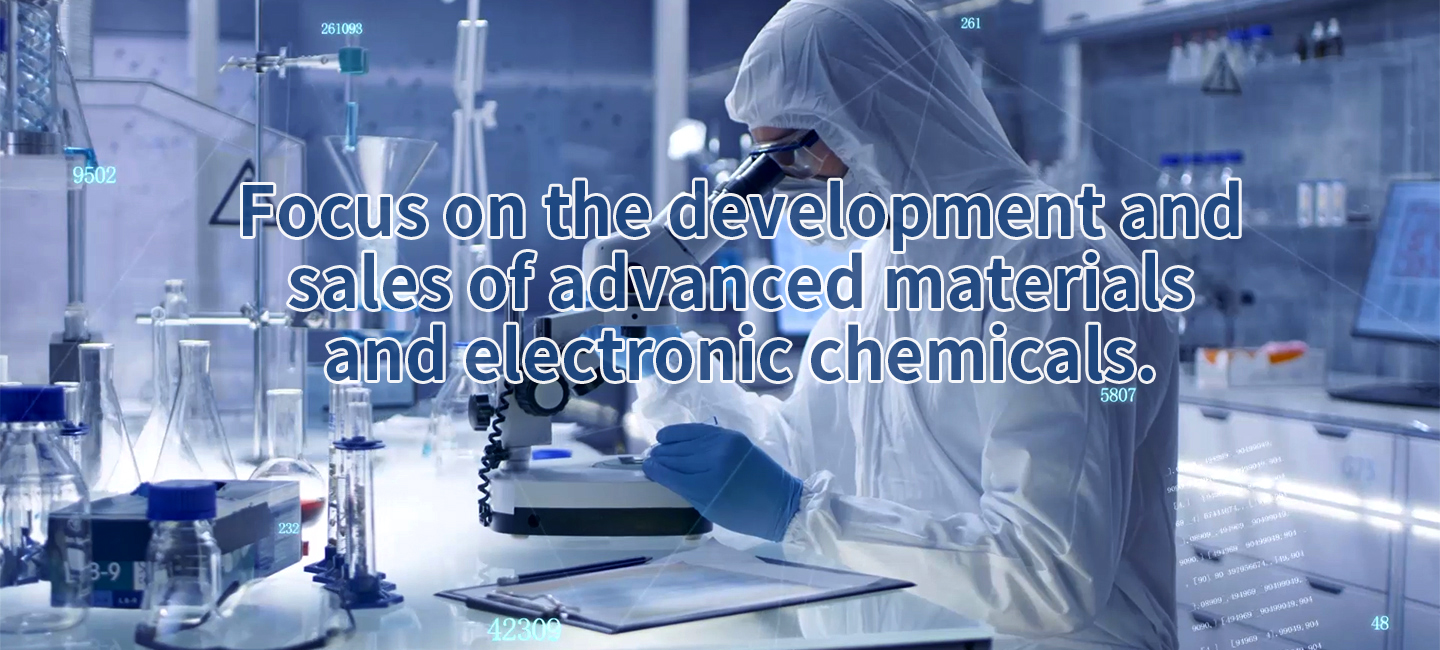Etching is a critical process in semiconductor manufacturing, used to selectively remove material from semiconductor wafers to create intricate circuit patterns. This process is essential for defining features such as transistors, interconnects, and contact holes on integrated circuits (ICs) and microelectromechanical systems (MEMS).
Types of Etching Processes
Wet Etching
Wet etching involves the use of liquid chemical solutions (etchants) to dissolve and remove specific materials from the wafer surface. Key characteristics include:
Cost-Effectiveness: Generally less expensive than dry etching.
Simplicity: Easier to implement with fewer complex requirements.
Isotropic Etching: Material is removed uniformly in all directions, which can lead to undercutting of features.
Dry Etching
Dry etching employs reactive gases or plasma to etch materials, offering several advantages:
Higher Precision: Provides better control over the etching process, allowing for the creation of more complex structures.
Anisotropic Etching: Material is removed in a directional manner, which helps maintain the integrity of fine features.
Techniques: Includes reactive ion etching (RIE), plasma etching, and ion beam etching. RIE is particularly notable for its ability to activate the wafer surface with ions, enhancing material removal efficiency.
Applications in Semiconductor Manufacturing
Etching is utilized across various stages of semiconductor fabrication, including:
Integrated Circuit Fabrication: Essential for creating the intricate patterns that define electronic components on silicon wafers.
Microelectromechanical Systems (MEMS): Enables the production of microscale devices with high precision.
Semiconductor Packaging: Used to create cavities and trenches necessary for interconnects and wire bonding, ensuring reliable electrical connections.
Conclusion
The etching process is indispensable in modern semiconductor manufacturing, facilitating the production of increasingly smaller and more complex electronic devices. As technology advances, the demand for precise and efficient etching techniques continues to grow, driving innovations in both wet and dry etching methodologies.
